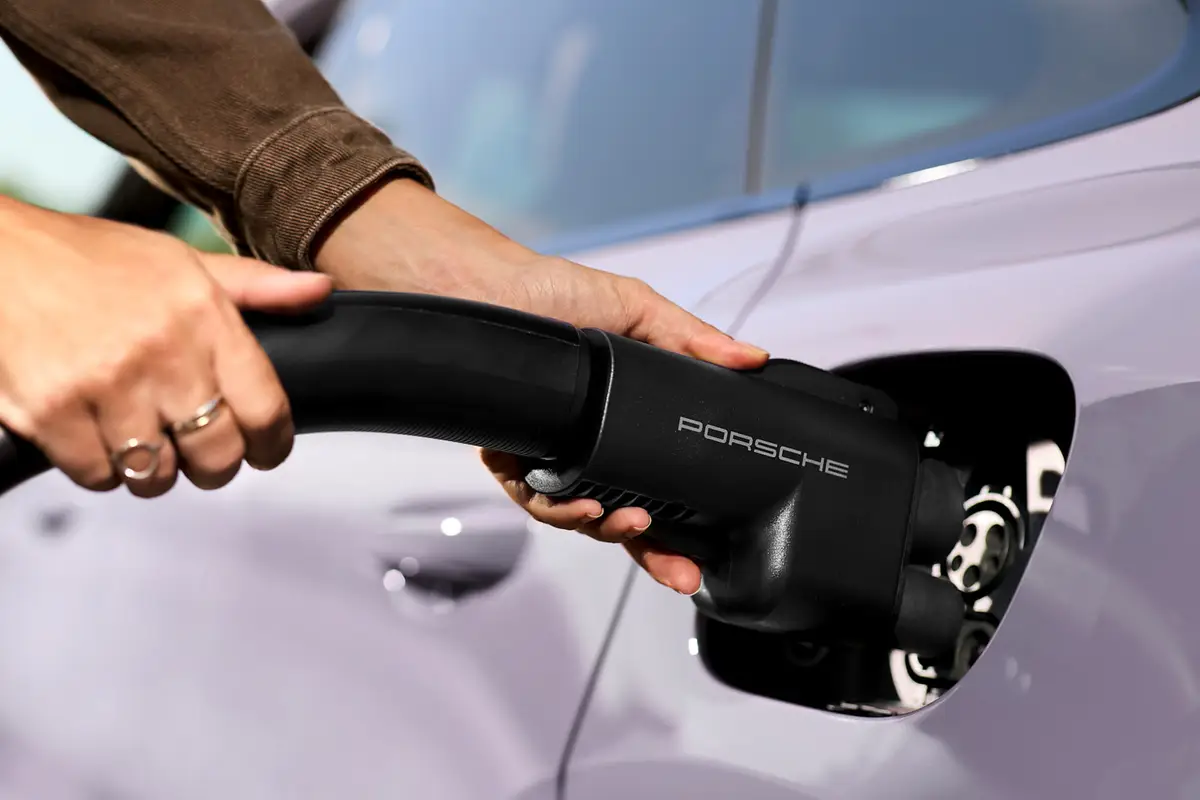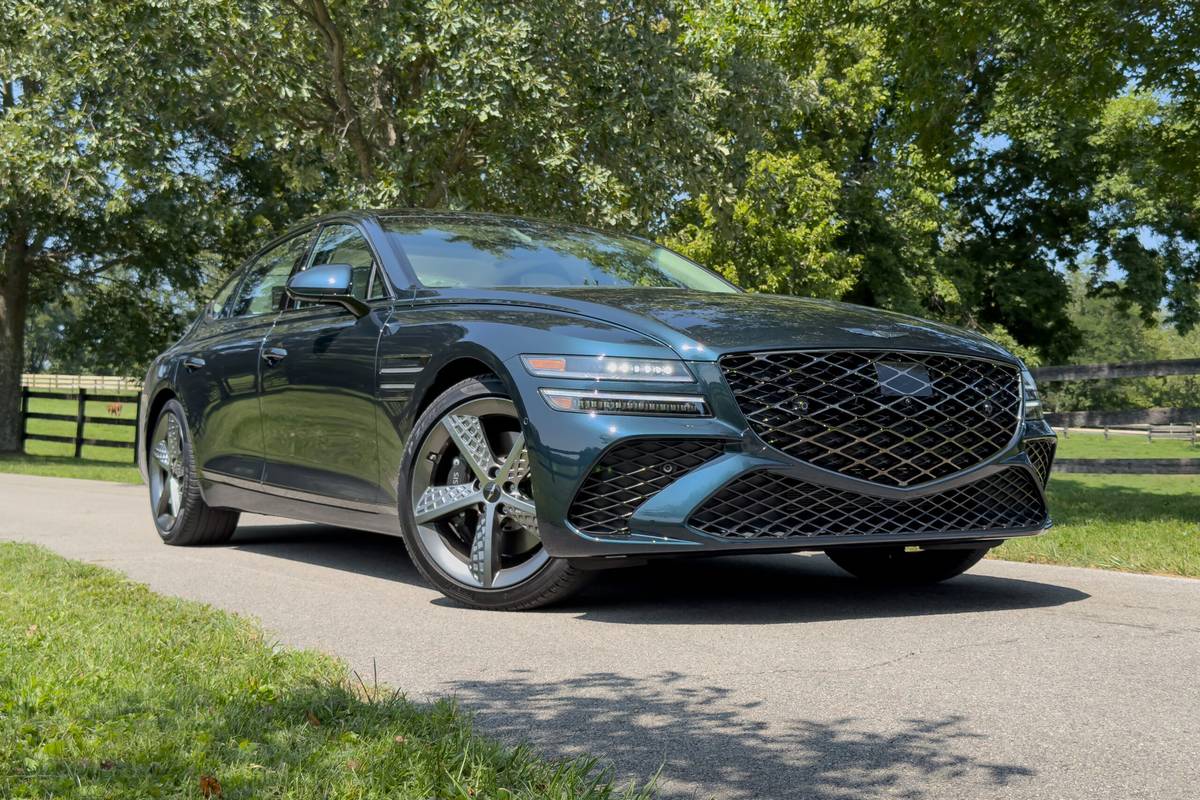washingtonpost.com's view
Success Doesn’t Stand Still
2004 Ford F-150
The best way to improve on a legend is to forget it. Try something new. Risk failure.
That’s what Ford Motor Co. did with its 2004 F-150 pickup truck, including this week’s test model, the F-150 FX4.
Ford could have chosen an easier route — a cosmetic fix here, a minor mechanical change there. After all, the F-150 has been the best-selling truck in the United States for 26 years and the overall best-selling vehicle in America — car or truck — for the past two decades. Why mess with success?
The answer is “competition.”
Ford’s dominant truck position, long under siege by domestic rivals, now has come under serious attack by Japanese competitors Nissan Motor Co. and Toyota Motor Corp.
Nissan, for 2004, is introducing its full-size Titan pickup — an attractive interpretation of the pickup-truck theme that is bound to take buyers from someone. Toyota is improving its full-size Tundra, which already is stripping customers from domestic auto companies.
Under such circumstances, a modest rework of a leading product is an invitation to decline and fall. So Ford completely overhauled its F-150 for 2004. In doing so, it jettisoned the bubble bodies of the previous generation of F-150s (1997-2003) without retreating to the utilitarian squared exteriors of the 1970s and 1980s. The new F-150 instead blends square with bubble to yield a muscular, bold body accented by a prominent wide grille and flared wheel wells. The thing looks massive, rugged.
The new F-150 line offers three interior choices, all of which are radically different from those found in previous F-150 models. The new interiors are modern — marked by vertical, parallel bands framing the center console. The bands are vinyl in the base XL and STX models and steel in the tested FX4 sports edition and the upscale XLT and Lariat. The trim that goes in and around those bands changes the appearance and feel of each model’s passenger cabin.
But that’s the fluff.
The new F-150 is larger inside and out. The SuperCab and SuperCrew models seat five adults comfortably. Even the cargo box is two inches deeper.
Yet, despite its larger size, the new truck is built more rigidly than previous models. Squeaks and rattles, already in abeyance in the 1997-2003 generation, were even less evident in the tested, four-wheel-drive, off-road FX4, which I drove 300 miles.
The ride is smoother; but that doesn’t mean it is in any way carlike. It’s just less jolting, more controllable. Handling is more predictable in the new truck than it was in earlier models. Much of the improvement in ride and handling comes the F-150’s updated rear suspension system, in which the shock absorbers are placed outside of the leaf springs, which are wider in the new model than they were in the earlier versions.
There is po wer aplenty. The tested FX4 was equipped with a revised version of Ford’s 5.4-liter Triton V-8, which develops 300 horsepower at 5,000 revolutions per minute and 365 foot-pounds of torque at 3,750 rpm. A 4.6-liter, 231-horsepower version of that engine is available.
Is all of this enough to hold off the attack on the full-size truck market by Nissan and Toyota, and a resurgent General Motors Corp.? That is difficult to answer at the moment. I have not yet driven the Nissan Titan, and have yet to sample all of the newest offerings from GM.
But one thing is certain in Ford’s introduction of the 2004 F-150. The company isn’t resting on its laurels. It isn’t running away from the coming fight. It isn’t taking the easy way out with a few conservative fixes that will placate traditional F-150 buyers but fail to expand the F-150’s market. It is going on the offensive, and that is a good thing.
Latest news



